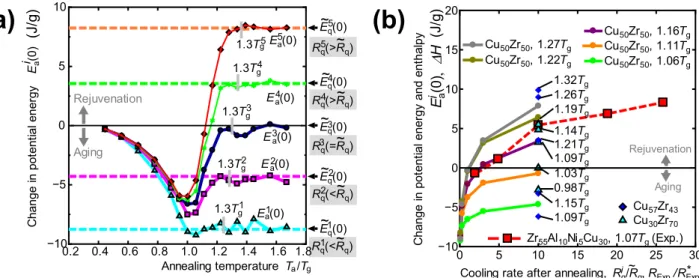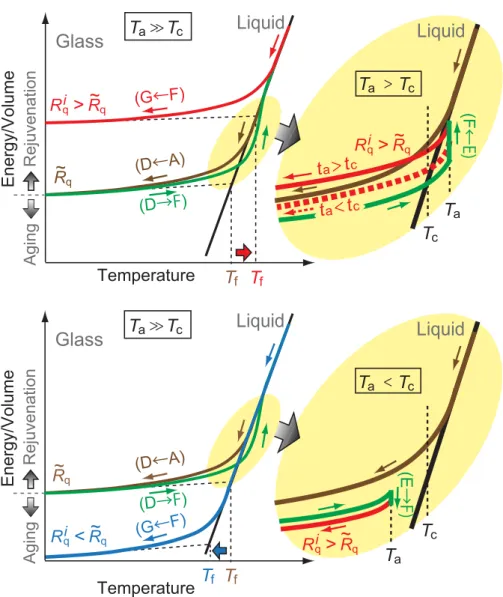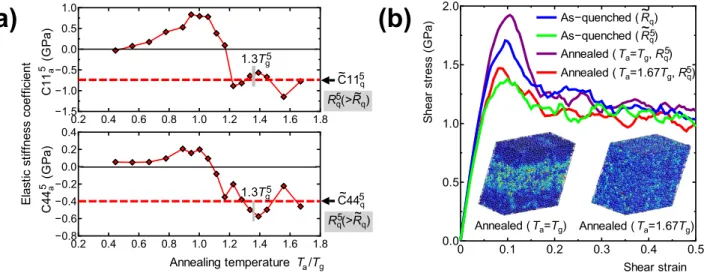Controlled Rejuvenation of Amorphous Metals with Thermal Processing
Texte intégral
Figure




Documents relatifs
L’archive ouverte pluridisciplinaire HAL, est destinée au dépôt et à la diffusion de documents scientifiques de niveau recherche, publiés ou non, émanant des
L’archive ouverte pluridisciplinaire HAL, est destinée au dépôt et à la diffusion de documents scientifiques de niveau recherche, publiés ou non, émanant des
In amorphous metals, how- ever, the interatomic potential is more harmonic, and the local structural variation results not only in the free volume-like low density regions
Although the films remain X-ray amorphous at annealing temperatures as high as 950°C, FTIR and Raman spectroscopy indicate that TiO 2 crystallizes in anatase structure
the M-NM transition in such Systems occurs transitions such as that in expanded fluid when the bands begin to overlap and this mercury the critical point will not be of model
L’archive ouverte pluridisciplinaire HAL, est destinée au dépôt et à la diffusion de documents scientifiques de niveau recherche, publiés ou non, émanant des
First principles calculations of the thermodynamic properties of NFE liquid metals and alloys have been made mostly by applying the thermodynamic perturbation theory to a
A large width of the rectifying layer can not result from a depletion region Sue to a Schottky barrier, if any, it must be very thin since amorphous materials have a large density